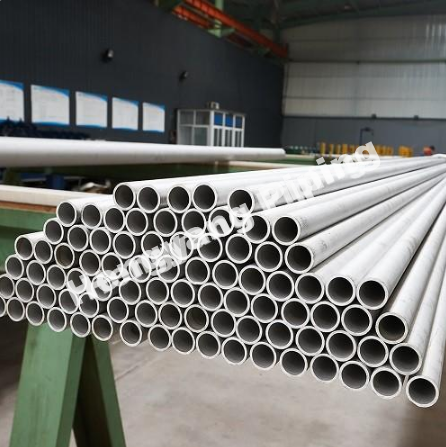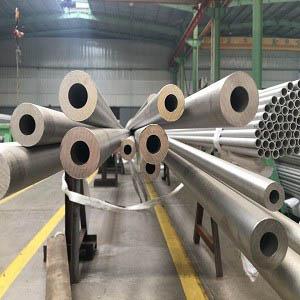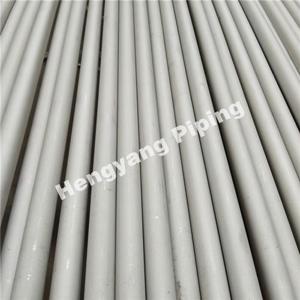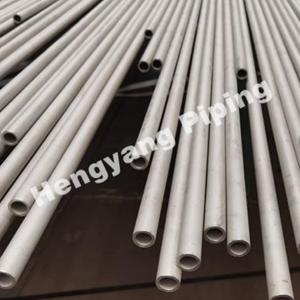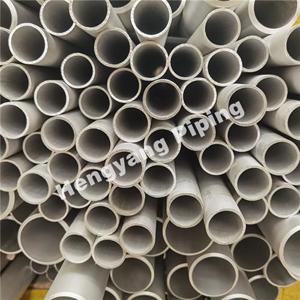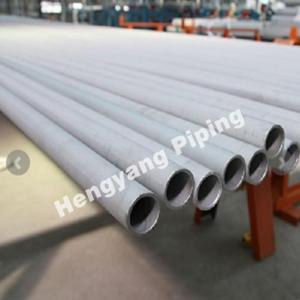Is Duplex Stainless Steel Superior to Traditional Stainless Steel?
In the realm of material sciences, the debate over the efficacy of duplex stainless steel against its traditional counterpart has been a subject of significant interest. Duplex stainless steel, a composite blend combining attributes from both ferritic and austenitic stainless steels, has gained prominence due to its remarkable properties.
Duplex stainless steels have roughly twice the strength compared to austenitic stainless steels and also improved resistance to localized corrosion, particularly pitting, crevice corrosion, and stress corrosion cracking. Moreover, they have improved toughness and ductility compared to ferritic SS.
This article aims to delve into the importance of duplex stainless steel, its various types, and why it stands out as a preferred choice over traditional stainless steel.
Understanding the Significance of Duplex Stainless Steel
Various Types of Duplex Stainless Steel
Duplex Grades: 2205, 2507, and Beyond
- Grade 2205: This duplex stainless steel type contains a mixture of approximately 22% chromium, 5-6% nickel, and 3% molybdenum. It exhibits excellent corrosion resistance and good mechanical properties.
- Grade 2507: With higher chromium (25%), molybdenum (4%), and nitrogen (0.25%) content, this grade offers superior corrosion resistance, particularly in aggressive environments like marine and chemical processing applications.
Advantages of Duplex Stainless Steel
Corrosion Resistance
Duplex stainless steel stands out due to its robust corrosion resistance. Research by the International Molybdenum Association has indicated that it surpasses standard austenitic stainless steel grades in chloride environments, maintaining its integrity even in acidic conditions.
Mechanical Strength
This material's mechanical strength is another defining advantage. Compared to austenitic stainless steels, duplex stainless steel demonstrates higher tensile and yield strengths, ensuring reliability in structural applications.
Importance in Various Industries
Oil and Gas Sector
Duplex stainless steel finds extensive usage in the oil and gas industry, especially in offshore platforms and subsea pipelines due to its ability to withstand harsh and corrosive environments.
Chemical Processing
In the realm of chemical processing plants, the high resistance of duplex stainless steel against chloride-induced stress corrosion cracking proves invaluable, ensuring long-term reliability and safety.
Construction and Architecture
The architectural sector values duplex stainless steel for its aesthetic appeal, durability, and ability to resist corrosion, making it an ideal choice for structural elements in corrosive environments.
Supporting Statistics and Examples
Statistical data from reputable sources like the European Stainless Steel Development Association (ESSDA) and research studies conducted by Corrosion Resistance Experts highlight the superior performance of duplex stainless steel in diverse applications. For instance, ESSDA reports indicate a growth of 20-25% in the use of duplex stainless steel in the past decade across various industries.
In a study conducted by the Nickel Institute, it was found that in chloride environments, duplex stainless steel outperformed austenitic stainless steels by exhibiting up to twice the pitting corrosion resistance.
Furthermore, in the oil and gas industry, specifically in offshore platforms where exposure to corrosive seawater is constant, the implementation of duplex stainless steel has led to substantial cost savings in maintenance and replacement, as highlighted by a report by Stainless Steel World.
Conclusion
In conclusion, the amalgamation of exceptional corrosion resistance, mechanical strength, and cost-effectiveness elevates duplex stainless steel as a preferred material in numerous industries. Its ability to outperform traditional stainless steel in harsh and corrosive environments signifies its importance and justifies its growing adoption across diverse sectors.
As the data and examples suggest, the superiority of duplex stainless steel over traditional stainless steel is evident, especially in scenarios demanding high corrosion resistance and mechanical strength.
